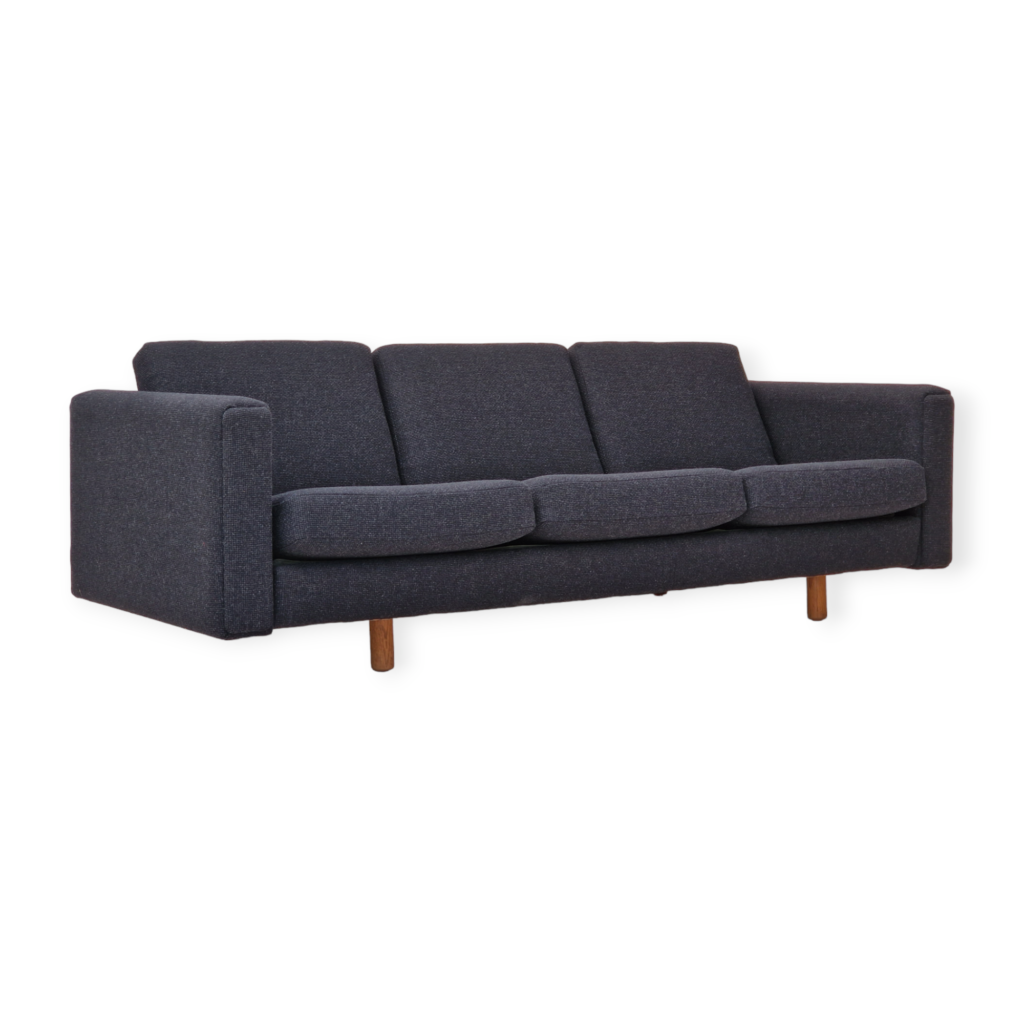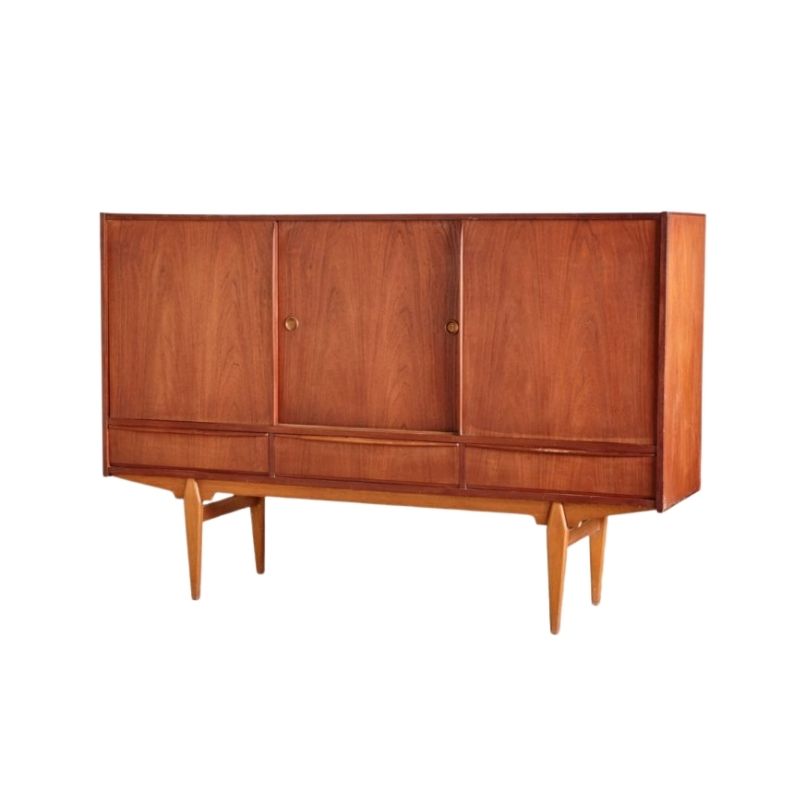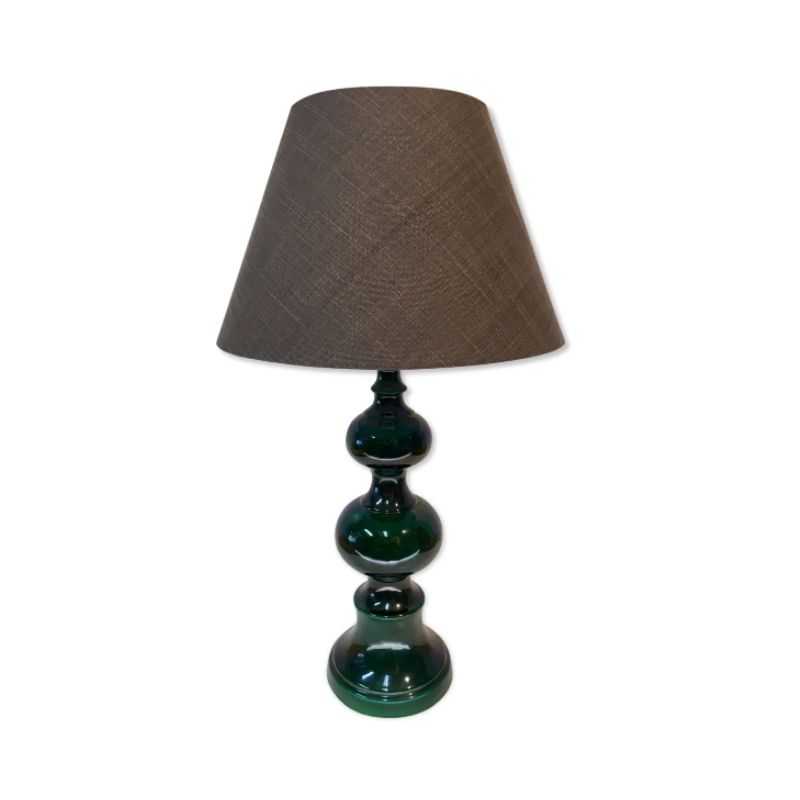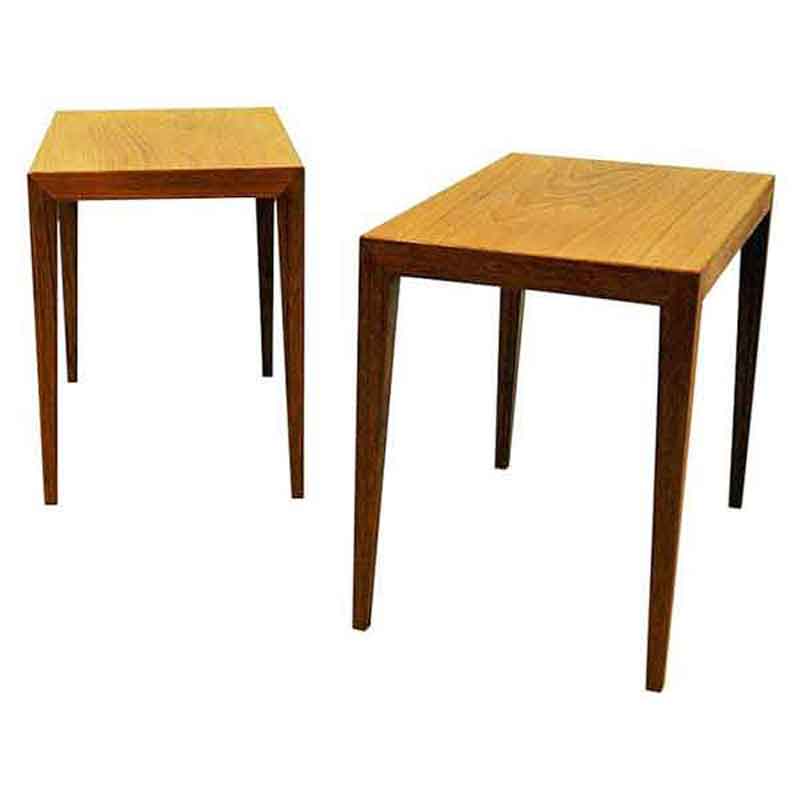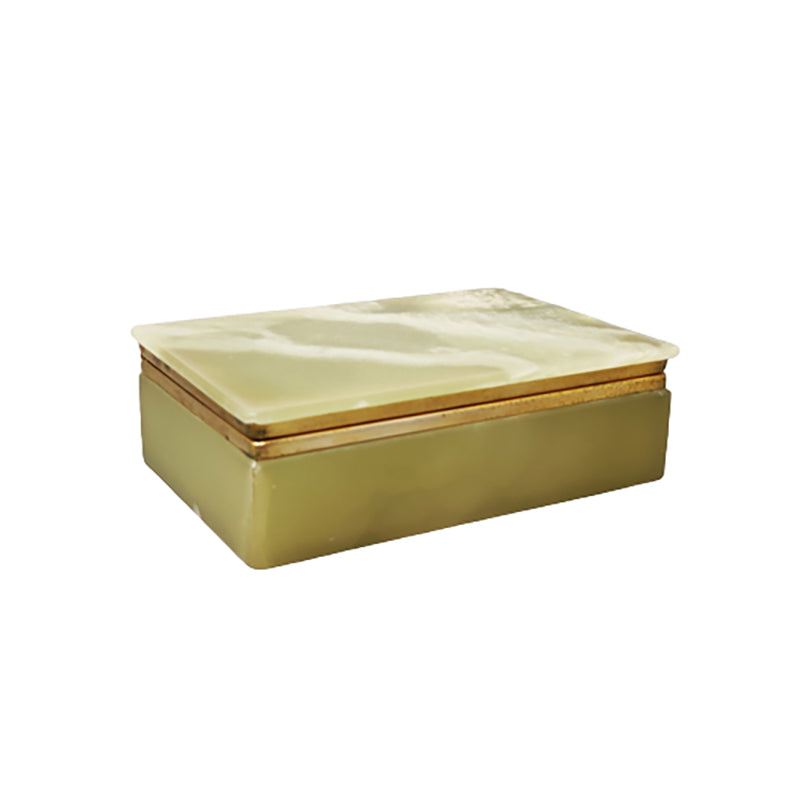I've tried several times to get a good thread going on sustainability, renewable energy and eco-conscious design. A few of the regulars like Koen, dcwilson, Robert1960 and Heath jumped in and commented but by and large most of you sit these threads out.
So, I'm just wondering....
Do you all find this topic boring?
Do you not give a bug's fart about climate change?
Do you think this forum is not appropriate to this topic?
Do you get this info elswhere on the web?
I'm just curious...no intention to place judgement on anyone. I just thought a bunch of designers and design savvy folks would have volumes of opinions to vent on this topic and it seems you don't. Patrik and Alix asked me ages ago to start blogging on these subjects and I've been draggin my heels cuz you all seem disinterested.
.
I would really appreciate any blogging you could do, its allways good to learn new things.
I think you got the bugs fart part right 🙁
It would be good to get some quality critical thought on things, sometimes I find that the pendulum swings too far and it becomes a bit of a 2 legs bad, 4 legs good situation. In my never ending quest to find timber I can live with myself purchasing I'm finding 'green' websites that exclude so many options (including planantions becuase they are a monoculture) that I find myself going through firewood piles and the softly softly birkenstock people tell me too watch out I don't get attacked by an insect or touch any old lead paint becuase I WILL die instantly.
Sorry for the rant 🙂
btw Olive does anyone take these out there ideas like cold fusion power generation seriously, are there any radical things being dreamed up by physicists that may actually happen?
Sure
I think this is a great subject to start discussing. Some problems I see arising:
a) Big subject - sustainability means SO many things to so many people its hard to get a standardized lexicon down
b)political touchiness - red or blue, there seems to be a lot of 'debate' on the subject of climate change. While I've read most of the science briefs and I believe it is real I think the most effective take is that of Sen. John McCain: "If we take action and it turns out to be unfounded the worst we will have done is left a cleaner planet for our kids. If we do nothing, and it turns out to be real, we will have left a catastrophe." (about the ONLY thing I agree with him on)
c)big picture issues - there is a lot of knee-jerk reaction to topics, some of which are exactly the wrong kind of actions. A lot of things dealing with climate change and sustainability seem counter-intuitive.
However, I think we are (mostly) grown up and civil enough to have a discussion at least about the design and production of sustainable things. Lets get to it!
(ps - I'd change the title to something like "Sustainable/green" kind of thing )
It's
not sexy. We're American consumers; we don't want to be bothered by facts when there's Shopping to be had !
Seriously, sustainablilty implies No More Fun, and It's Going to Cost More, to most of us, I imagine, including (unfortunately) those who choose what to manufacture and how to manufacture it. How have our neighbors to the east and the west borne the burden of responsible consumption, all these decades and centuries, when it's so Dull and Limiting ?
Green is just beginning to be a selling point, in certain quarters. With the carrot of Community Approval, and the stick of (Government ?) Regulation, the public, and the manufacturing sector, will come around. It's a major adjustment for many, with few immediately apparent rewards.
Designers typically don't want unnecessary constraints, at least ones that seem not to engage the creative urges but only make their job harder, limiting options and adding to costs. In this they are at one with their employers, I would think.
Or that's the way it looks to me. What's the Good News, Olive ?
.
a few years ago on the forum Koen mentioned a project he was involved in using recycled glass for drinking glasses (I think) and they didn't sell too well when they were lablled as being recycled but sold better when they were left unlabelled, or something like that, it would be good if he could elaborate on that.
Is there an ethical aesthetic I wonder? Are less toxic fabric dyes different in intensity of colour? Plantation timbers are usually blonde, are we limited to that?
This is a timber (Paulownia) I've been investigating for anyone interested, it seems to have some amazing properties and the leaves are even good fodder, unfortuantely production isn't high enough yet for it to compete in $$$$ or be readily available where I live.
http://www.dpi.vic.gov.au/dpi/nreninf.nsf/LinkView/4C95AA3EE47A50FECA256...
Inaction
Well Olive...
Worst thing you could do is do nothing.
In general, I don't think people like to be reminded of negatives...esp during a time of war and global economy concerns....but that in of itself is an excuse. People are interested, give them a chance to be enlightened.
Good stuff so far let me make a few comments...
Lucifer Sum...I agree with you about John McCain's comments...BTW he got that from a guy on You Tube...I'll post the link.
Heath, you and I should go have a beer; we are like minded individuals. Cold fusion is silly at this point in our collective understanding of physics...so are vertical wind turbines...but that's a long long blog that I might do someday.
SDR, Oh you are SO wrong! It's IS sexy and it's not necessarily more expensive! There's so much out there on the market right now that is good and works well and is affordable by the average consumer. Unfortunately, there is a lot of crap too. What I do for my new career is run the Learning Center for my company. We give short courses to help folks learn what is out there for smart, reliable technology that works. We can't schedule classes fast enough folks are clamoring for info.
The bottom line is that it's not hard at all to reduce your impact by making small changes that will not affect your lifestyle at all. It may make it better as you'll live more consciously, spend less on crap and have more to spend on the good stuff. Certainly there are fokls outthere that go overboard and live like aesthetic monks... that's fine if you are a eco-whacko, but me, I like my pleasures. I've just been learning how to do them in a better way.
http://uk.youtube.com/watch?v=bDsIFspVzfI&feature=related
my shout.
When I was in my...
my shout.
When I was in my yoof many of us were vegans, in the UK there was a list of all the companies, brands and products that were acceptable put out by the Animal Liberation Front or whatever it was, it certainly made food shopping easier.
Perhaps we need something similar, no doubt there is on the net but being the confused mess it is I havn't found one that is straight down the line and simple.
Hmmmm....again
well maybe one thing I could do is post a list of the top 10 little changes that make a difference. then the top 10 things that require investment going from lowestto highest.
One of the big problems is the perceived 'sexiness' of solar panels. They look cool and people are entranced by the idea of creating their own power. Same holds for wind turbines..."Ooooo look at the pretty windmill"... The reality is that these are the last places to go, not the first. They are expensive inefficient and take up a lot of real estate on your property. The smartest place to start is also the cheapest. Learn to use less power and make simple changes in your life to accomplish that. Sadly, many don't want to hear that they need to make any sort of a change. People make changes in their lives all the time when they move, get married, have kids, quite smoking etc. so why is adopting more effienct uses of power so hard? I wish I could answer that. BUT...the good news is that more and more people are becoming motivated to do just that. Little changes add up and are totally valid contributions. you don't need to wear hemp sandls and read by soy candle to make a postitive impact.
One of the MOST important things you cna do is think about efficiencty of energy use and about the idea of embodied energy. The first is simple, turn things off when you aren't using them and make sure that off is really off, no 'vampire loads' allowed. The second, embodied energy is also fairly simple. Where did that product you have in your hand come from? Half way around the planet? Maybe you could find something that was made closer to home. Are you buying frozen veg for dinner? Those took 100% more energy to deliver to your market than the fresh ones did. And the fresh ones just might support a local farmer! Do you buy a latte at the same cafe every day? Bring your own mugs and see if they'll keep them on hand for you. Simple things like that.
I'll think about writing the two lists I mentioned and post them later on. Meanwhile if anyone's interested read the link.
http://howto.altenergystore.com/The-Basics/Energy-Efficiency-and-Your-Ho...
I SO support
the message and the effort. I was parroting what I believe is the current thinking of the average (American), reflected in the terminally clueless words and actions of our fearless national leader (soon to be dethroned). I WANT it to be sexy -- but fear that it doesn't contain the ingredients to be so. I'll be glad to be proved wrong. I'm glad you're in a position to help.
95% of my own household waste is recycled. The City of San Francisco just banned the use of plastic grocery bags at large food retailers here, so we're getting used to the brown bags with handles. I'm trying to remember to take my cloth tote with me. I did use my bags for kitchen waste, and returned excess ones to the recycling bin at the store -- but of course the ones I (re)used did end up in the landfill.
People in other places have used string bags, etc, when shopping for centuries. Was the throw-away plastic bag an American innovation ? Was it taken up internationally ? Will America and its corporations be able to rethink the meaning of "The American Way" (i.e., "they hate us for our freedom," etc). . .?
I hate to inject politics unnecessarily -- but aren't societal/moral/ethical changes addressed politically, after all ?
i too
think the list is a great start. and i will continue to sing the praises of the book that for me put the excitement into the subject and should be read by all design professionals and enthusiasts. the title is cradle to cradle. it changed my attitude from depression about our prospects to excitement at not only the possibilities, but at the actual results acheived by its authors, one a designer and the other a chemist. their firm has an astounding take on these issues and they practice what they preach. and as an added tease, one of their big clients is herman miller! i dont think i have made any pitches in this forum but this is truly an amazing book!
Top 10 Baby Steps towards a smaller footprint
Here are little changes you can do that don't cost much or are free. They work for home owners and apartment dwellers, even renters.
1. Change your light bulbs to CFLs. This is one of the single most effective ways to make an impact- as much as a 40% reduction of your electrical bill. Most of the new bulbs have far more pleasing light and faster warm up times.
2. Remove as many 'ghost' or 'vampire' loads as possible. These are the things that aren't really off when they are off. Anything that has a clock/timer or an indicator light is actually drawing small amounts of power when in the off position. Microwaves, VCRs, and computers are good examples. Another thing to look out for are things that use a transformer or power cube to charge, like cell phones, iPods, cordless power tools, etc. None of these things eats much power individually but the sheer numbers of them in a typical home really add up. Use a switched power strip so you can shut down groups of devices like computer stuff. A 'charging station' for all handheld devices can be used only when you need to charge up. Power tool battery chargers needn't be on 24/7 to keep batteries topped up, so consider using a switched timer to turn the charging station on for a few hours a day. You needn't do this with everything in your home, just tackle the vampires that are the easiest for you to live without...reprogramming a VCR can be really irritating!
3. Cut back on outdoor lighting. You'll have a better chance of seeing the stars in the sky and nobody is all that impressed with your landscaping anyways. Safety lighting can go on a motion sensors. You can get adapter sockets with built-in sensors at many locations.
4. Improve insulation. First around doors and windows, which is helpful in all seasons. Use strip seals, expanding foam in cracks and insulated drapes. If you have old windows consider using the heat-shrink film seals even if it is less than gorgeous to look at. Drafts account for a huge percentage of energy loss in homes. Also improve insulation around pipes and water tanks. That's easy to do and provides a big impact. About a 30% rate of return, annually. ** If you can get an energy audit from your local utility to look for heat losses at your home it's well worth the effort.
5. Use programmable thermostats that accurately reflects how you use your home. Set the programs accordingly and resist the temptation to fiddle with them. The US government recently removed Energy Star ratings from programmable thermostats because people don't use them properly. The trick is to set them correctly and then leave them alone. If you are a bit chilly put on a sweater; if you are a bit warm have a cold glass of water or lighten up your clothing. Also consider setting the thermostats a couple degrees below what you usually do in winter and above in summer. Even a 1 degree change can mean a noticeable savings.
Below is a charging station... a power strip in cabinet works fine too!
If you need any help, please contact us at – info@designaddict.com




